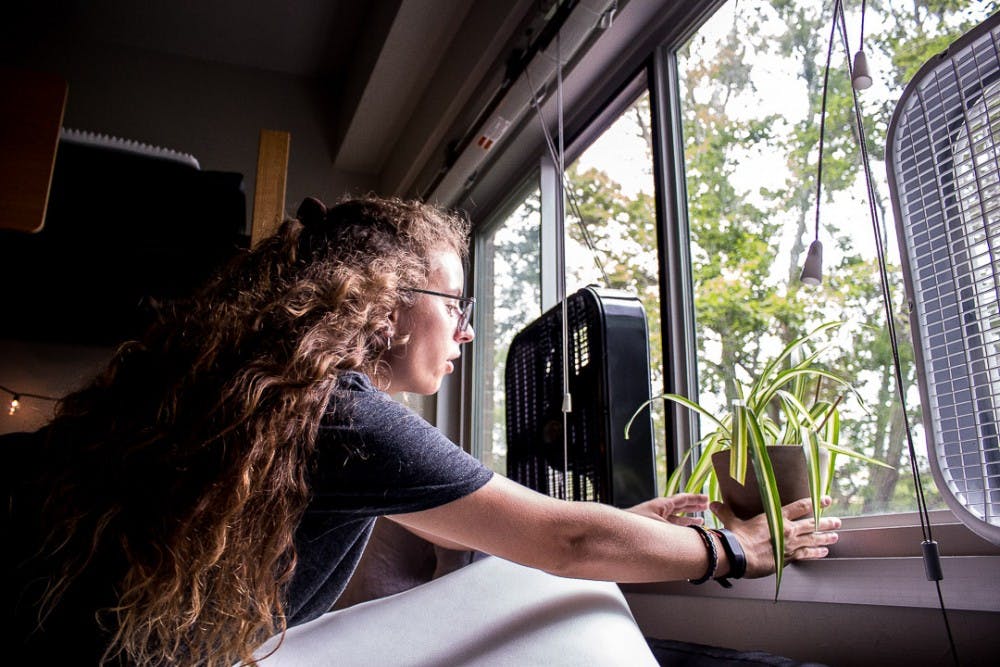One of the first things students consider when deciding whether to live on or off campus is the costs associated with each option. A State News analysis indicates that students pay a premium for the convenience of on-campus housing, spending nearly $450 a month more than their off-campus counterparts.
Rent is the foremost cost associated with choosing a place to live. There is a minimal difference in rental costs between on-campus and off-campus housing options. A study conducted by Trulia indicates that a two-bedroom rental occupied by two tenants would have an average 9-month normalized rent of $620 monthly, compared to the roughly $640 monthly living in the dorms would cost.
Transportation can raise the cost of living off campus. If you live far away, you will not be able to walk to and from class as easily as those living in the dorms, with free bus rides around campus. Instead, you will either have to rely on a $50 CATA semester pass to get on and off campus, or you could shell out $108 for a Lot 89 parking permit.
Additionally, while the cost of utilities are included in the cost of living on campus, many apartments will make you pay for that separately. According to Sperling’s Best Places, which compares the cost of living in cities across the United States, the average monthly bill for electricity and gas in Ingham County was $103 in 2014.
Food habits offer the clearest difference in cost. On average, an adult male age 19-50 will spend between $186.10 and $369.50 every month on food. MSU’s cheapest dining plan, which allows unlimited entries into the dining halls on campus and comes with six Combo X-Changes per week, jumps up to more than $900 every month. The most expensive dining plan, which includes $300 of Spartan Cash and eight guest meal passes per semester, costs more than $1,000 per month.
When everything is combined, the cost of living on campus with the middle-level Gold dining package is $1,596.98 per month, compared to the average off-campus monthly cost of $1,155.33 – a $441.65 average monthly savings for those choosing to live off campus.
Support student media!
Please consider donating to The State News and help fund the future of journalism.
Discussion
Share and discuss “Breaking down the costs of living on and off campus” on social media.




